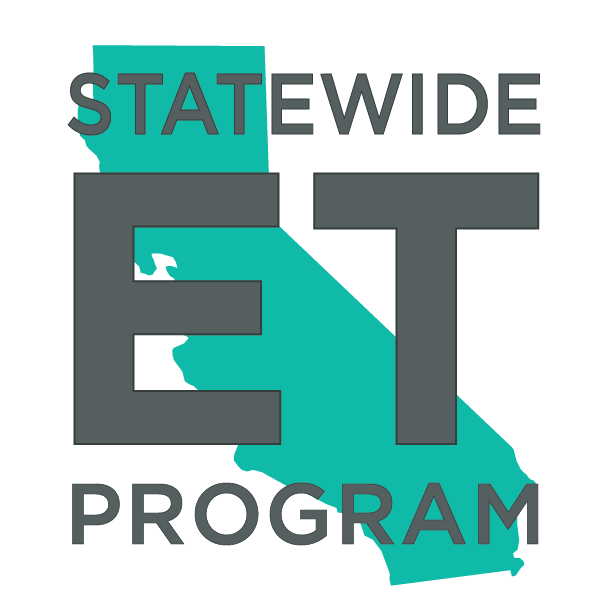ET22SWE0025 - Next Generation Refrigeration Analysis Tool Proof of Concept
The proposed project is to develop an energy modeling framework based on OpenStudio, EnergyPlus, and ancillary analysis tools that solves previously identified shortcomings of existing grocery refrigeration analysis tools. A modeling “framework” is defined as all software packages, files, and scripts necessary to run the defined analysis within a given set of parameters. OpenStudio is designed specifically for software integration and this work forms the first step towards the development of a software analysis tool to address previously identified gaps. Additionally, VEIC will perform sensitivity analysis and validation on the OpenStudio modeling framework to ensure it appropriately represents the target project population. This proposed project would support the recommendations identified in the SCE Report – June 2021 – ET18SCE7080 Next-Generation, Low-GWP Refrigeration Systems: Tool Assessment and Market Impacts. This report characterized refrigerant options for grocery/supermarkets in California and how to phase out Hydrofluorocarbon (HFC) refrigerants to be replaced by those with a lower Global-Warming Potential (GWP). It identifies potential energy modeling platforms as they apply to refrigerant upgrades in grocery stores and supermarkets and provides the advantages and shortcomings of those modeling tools. This project would be the first step to advance the market's ability to easily model low-GWP refrigerant systems in commercial applications in support of utility programs by proposing a validation study to improve and adapt OpenStudio tools to specifically serve CA and low-GWP refrigeration systems. The validation study would prove the concept and build the underlying assumptions and automation capabilities that could then form the backbone of a refrigeration tool for CA. Ultimately, if the tool proceeds to development in a subsequent project, the intent would be to develop an easy-to-use tool for grocery stores of all sizes, including independent grocers that tend to serve DAC/HTR communities.

